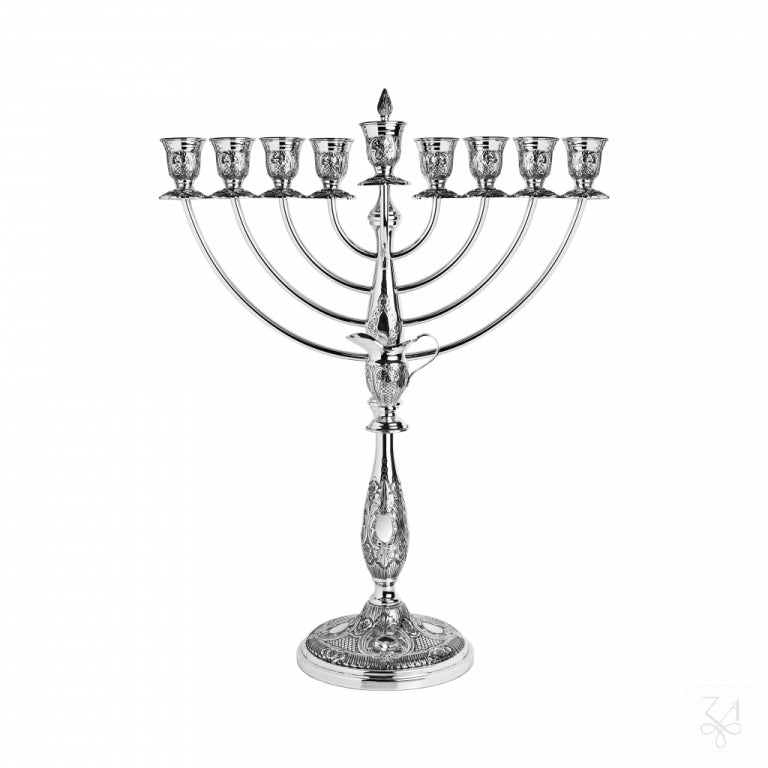What Does A Jeweler Do?
I first experienced the allure of the jewelry and gem trade at a young age. My father opened a jewelry store and repair shop a few years before I was born, and my first job was inspecting jewelry in my father’s store to see if any pieces needed touch ups or repairs. I remember the way my eyes popped and my jaw dropped the first time I held a parcel of diamonds and then a bar of gold and was told how much it was worth.
Creating a piece of jewelry is not just drawing a pretty picture and gluing “stones” to metal. I took professional courses on how to create, repair, and design jewelry.
So, what does a jeweler actually do every day?
By definition, a “jeweler” is a person or company that makes or sells jewelry. In the trade though, the term “jeweler” is usually used to refer to the person who actually puts together or repairs jewelry. Besides the jeweler, there are many other specialists who may be involved in the process of creating or repairing jewelry. For example, the designer conceives the style of the piece, and the CAD designer takes the description or sketch and transforms it into a digital file that is then 3D printed and later transformed into metal by the caster. The setter then prepares the metal mounting and sets the gem into the metal. Other specialists may be involved, depending on the complexity of the job, and even within each category there are varying levels of expertise and skill. In general, you typically get a level of quality in accordance with how much you paid – the cheapest possible item will have lower quality materials and workmanship.
What differences of quality can there possibly be in gold and diamonds?
A diamond is essentially a crystalized chunk of carbon atoms – the actual internal structure is referred to as the “crystal lattice.” Think of it like an interconnected tower of glass Legos. Remember building structures as a kid that were rock-solid and impossible to break because of how the Lego bricks were connected? Now take that concept down to the atomic level and you will understand that diamond is one of the hardest things on the planet because of its densely linked structure. In fact, the only thing that can scratch a diamond is another diamond.
Within this crystalized structure there can be different types of what the industry calls “inclusions”: imperfections within the crystal structure that may appear black or white, in the shape of specks, feathers, or needles. The presence and quantity of these inclusions is rated as the “clarity” of the stone. Stones with the least inclusions and highest clarity are considered more desirable and thus more expensive.
What can I do if I am sensitive to gold?
We’ve helped people who get infections while wearing certain earrings determine why they were reacting to those earrings, and which metal they are allergic to – and then remedy it by replacing the posts with a more hypo-allergenic metal. The most common sensitivities we see are to nickel and to silver. We determine this by using a machine called an “XRF Scanner” which is kind of like an x-ray that detects the contents of the metal, broken down into elements and sorted from greatest to lowest presence in the piece. Just like with diamond-checking tools, the best results come from the highest quality tools (which most jewelers do not have on hand).
What advice would you give people about day to day wearing of their jewelry?
Just like your car needs oil changes and new filters in order to keep it running properly, your jewelry could greatly benefit from an occasional deep-clean and regular preventative maintenance. Especially so with pieces you wear daily – The electroplating rubs off and needs to be renewed every 9-15 months, metal gets micro scratches and the metal goes from polished to dull-ish, and structural components such as prongs and joints (jump rings, links, etc) wear down over time. A monthly or bi-monthly cleaning and inspection can save you thousands of dollars over time. You can easily prevent the need to replace a missing diamond by simply re-tipping the heads of worn-down prongs.
What’s all this I’ve been hearing about lab grown diamonds?
They’re the latest craze! Stay tuned – we’ll be talking about that next.
***
Bentzion Yehoshua founded Motek Jewelry together with his wife Nomi, MS, RDN, where they support clients in creating or discovering the greatest piece of jewelry they’ve even worn, all while staying within budget.






